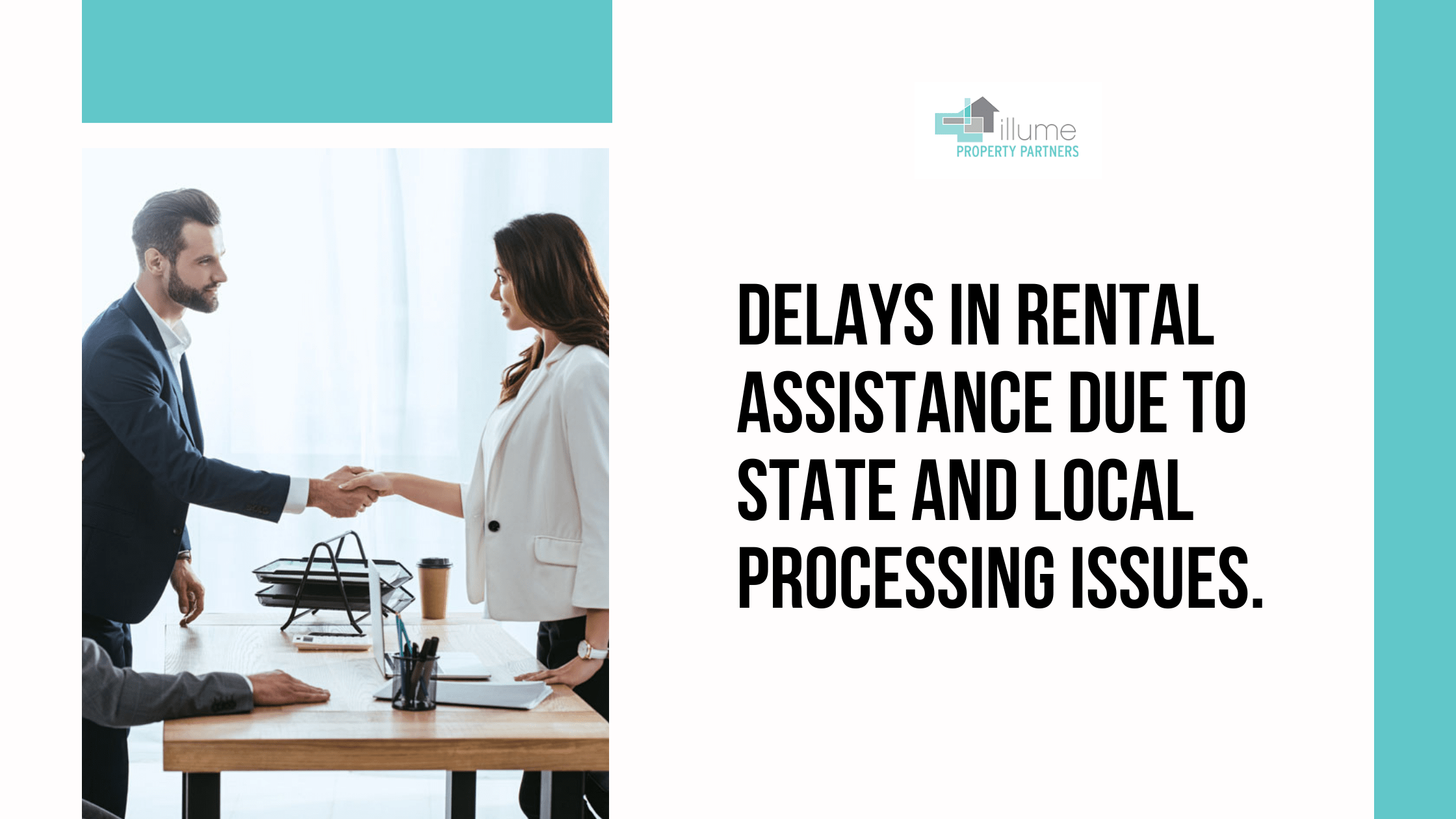Landlords and tenants who are due rental assistance are having difficulties claiming these funds due to state and local processing delays. In early August, there were more than 7.9 million households still behind on rent. Although millions of these households are eligible for rental assistance, the administrative backlog is causing significant delays in releasing the funds.
The U.S. Department of Treasury has stated that only about 11% of the total rental assistance funds approved by Congress has been disbursed to landlords and tenants. State and local bottlenecks have held up the bulk of the money. Only $5.1 billion of the first round of $25 billion passed last December has been disbursed. An additional $21 billion went out last March, and another round of $1.6 billion went out in July.
By the end of September, state and local programs that have been slow at processing claims are at risk of losing their funds.
“One of the biggest challenges many state and local government programs continue to face in getting assistance to renters and landlords is application processing delays. According to public dashboards, hundreds of thousands of applications are in the pipeline beyond those that have already been paid,” the Treasury Department said in a press release.
The Department of Treasury has released several guidelines to help state and local programs to accelerate the funds:
- Self-attestation can be used to document a household’s eligibility for emergency rental assistance.
- State and local emergency rental assistance programs can rely on self-attestation alone to document eligibility when other documentation is not available.
- State and local grantees may advance assistance to utility providers based on estimated eligible obligations.
- State and local grantees may partner with non-profits to give advance assistance to households at risk of eviction while applications are under process.
- Grantees can make additional rent payments to landlords who take on tenants facing major barriers to securing a lease, including tenants who were homeless in the past year or who were evicted from a previous rental property.
- Past obligations at previous addresses may be covered.
- The cost of obtaining a hearing or appealing an eviction order may be covered with emergency rental assistance funds as an eligible “other expense.
These guidelines are meant to expedite much-needed emergency rental funds release to landlords and tenants who need them the most. The Department of Treasury created these guidelines based on feedback from rental assistance administrators, landlords, tenant advocates, and other stakeholders.
Although the department recognizes that it is difficult to release these funds through the proper channels and infrastructure, data from July shows that many communities have successfully spent their emergency rental assistance resources. This means that there are effective pathways to getting rental relief to those who need it.
Are you interested in learning more about local rental news and about rental property management for your investments? Read the latest news and find helpful advice on maintaining your rental investments on our site Illume Property Partners.
Source: Rental Housing Journal


